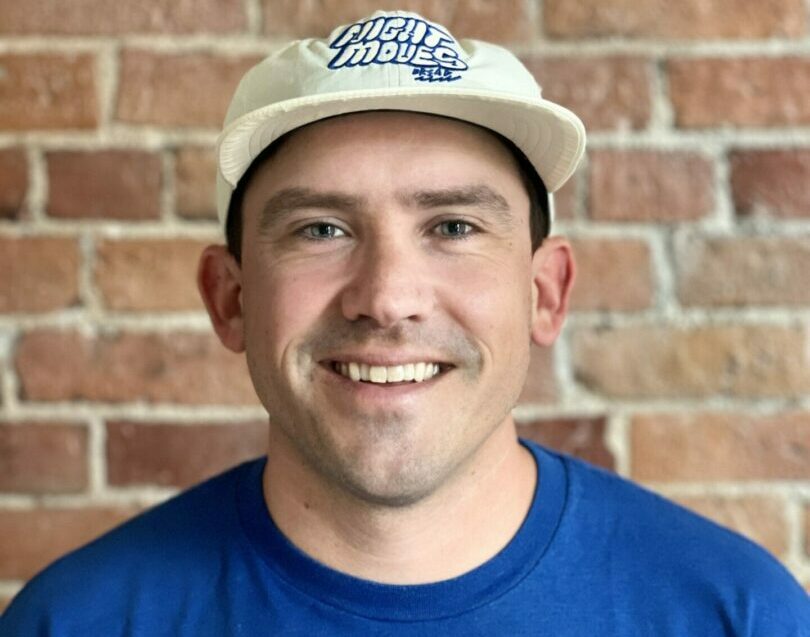From Studio Listeners to Stadium Fans: How Sound, Story, and Community Can Guide Climate Work

Written by REVERB Project Manager, Brian Farrell
I fell in love with radio when I was a kid listening to sports talk radio with my dad on road trips. I loved that there was someone on the other end talking with listeners and being an intimate part of their lives, while never physically being there. At home, I was listening to records in my parents’ basement and growing my own tastes, which led to my passion for combining music and talk and community through the radio.
That early fascination eventually found its way into something bigger—and greener. Years later, I helped gather data to keep 98.9 WCLZ carbon-neutral. It was the first radio station to achieve that status, and at the time it felt really powerful to be a part of. We were using broadcast media to reflect values that mattered, from how we powered our station to how we showed up for our community.
Our identity was “Different is Good,” and we loved living that out through our playlists, our carbon calculations, and our community. We hosted coastal cleanups, educated listeners on living a more sustainable life, and partnered with REVERB to hand out reusable Nalgene bottles and bags at events to cut down on single-use waste.
From Radio to REVERB
That experience provided the blueprint for so much of what I do now. Today, as a Project Manager at REVERB, I’m out on the road with artists, crews, and fans, building sustainability programs and connecting with the community. Whether it’s with Dave Matthews Band, Dead & Company, or one of our festival partners, the goal is the same – to turn concerts into catalysts for climate action.
While the tools have changed—from broadcasting booths to Action Villages—the principles haven’t. It’s still about accountability. It’s still about measurement, and it’s always about meeting people where they are.
At WCLZ, we’d run these short segments called “Maine Green Minute” that included quick tips on how to rethink everyday habits. By broadcasting that to our entire community, we helped listeners stay informed on how to make better choices.
I carry that with me on tour now. Whether we’re inviting fans to fill up reusable Nalgene bottles through REVERB’s RockNRefill program or engaging with local and national nonprofits on a mission to protect people and the planet, we’re always thinking about how messages connect with fans.
Why Technical Solutions Still Need Emotional Resonance
Sustainability work gets talked about in tons of numbers—metric tons of CO₂, kilowatt hours saved, acres protected. While those numbers are important, I’ve learned that data alone doesn’t drive behavior; emotion does.
Music is one of the most emotionally powerful tools we have. When Jack Johnson, My Morning Jacket, or Billie Eilish step up for the planet, it changes the story. It makes climate action feel personal, communal and relevant.
I’ve also been surprised by what we uncover in this work. Back at the station, I knew we’d see high energy use from our transmitter, but I didn’t expect that all the people streaming us online would account for nearly as many emissions. It showed me that in music and climate, everything is connected—often in ways you don’t anticipate.
Building a Multi-Industry Climate Movement
With increased weather disruptions affecting tour schedules and insurance costs rising across the industry, live music can’t ignore its role or its opportunity in climate solutions. Thankfully, artists and fans are already pitching in.
Climate isn’t just a policy issue; it’s a cultural one. What we sing, stream, and support matters. Like music and community, climate action isn’t one lane. It’s all of us tuning in, and deciding that each show can leave a positive mark long after the show ends.
